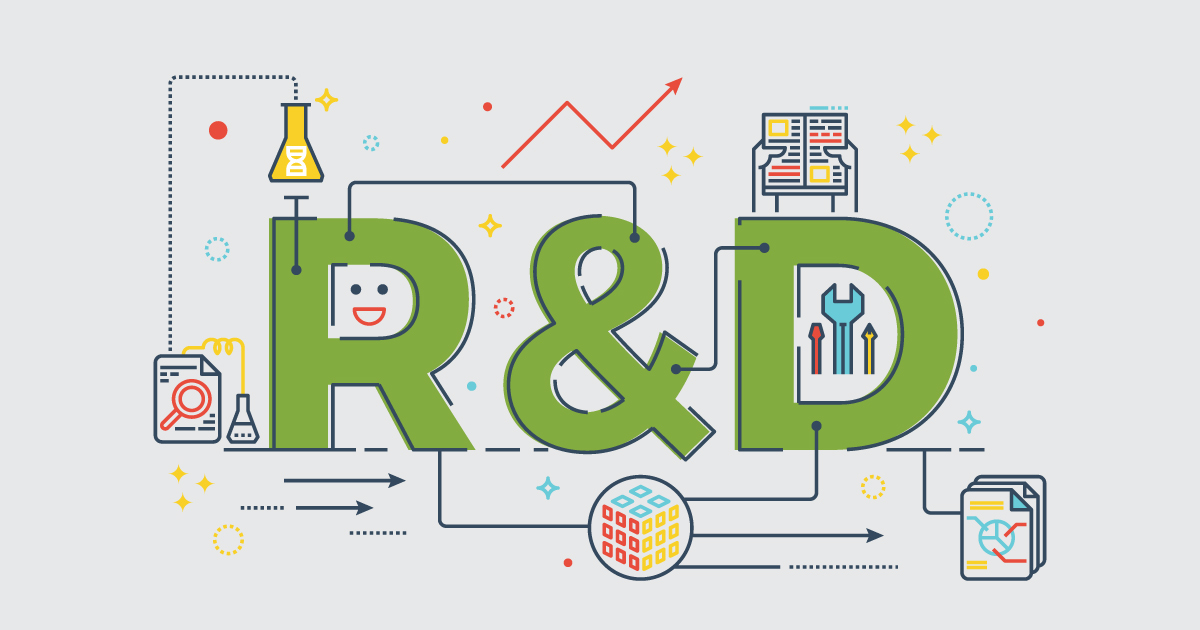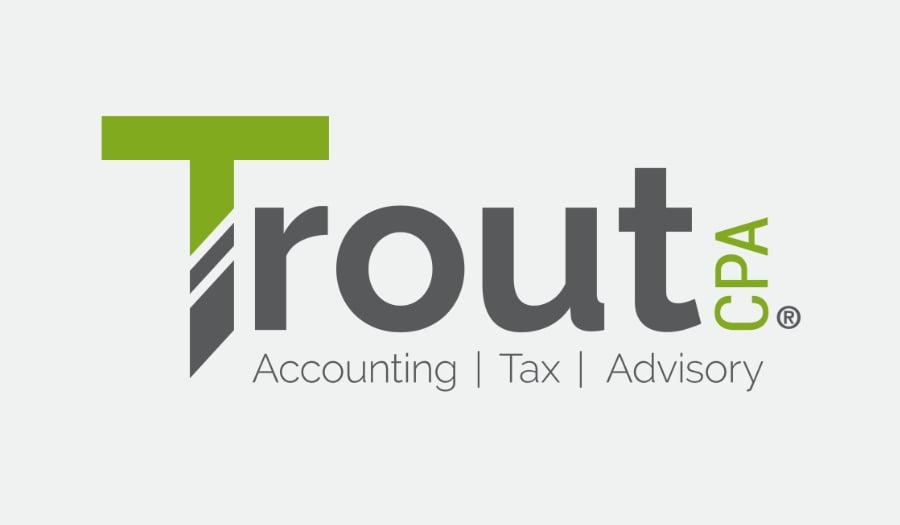Capitalizing on evolving patient care through past, present and future innovation.
R&D is likely to be a continued priority for the healthcare industry, as organizations in the space work to address the emerging needs of the aging population, respond to trends in telehealth and value-based care and fend off competition from new entrants, like Amazon, which has signaled that healthcare is a key priority for growth.
If your organization has worked to develop a new or improved product, process or software platform, you may be eligible for federal and state tax R&D tax credits equaling up to 25% of qualified spending. If your company is financing such activities outside of the U.S., the incentives may be even greater.
You can benefit from R&D tax credits even if you’re not paying income tax: many states will pay you the value of your credit or allow you to sell or transfer it for cash, and state and federal credits may be carried back to earlier—and forwarded to later—tax years.
Is my Healthcare Organization Eligible for R&D Credits?
Your company may qualify for R&D credits if you pay the following types of employees or contractors to develop or improve your product, process or technology:
- Software Engineers
- Software Developers
- Software Programmers
- Software Architects
- Applications Engineers
- Hardware Engineers
- Engineering Technicians
- Systems Analysts
- Network Engineers
- Database Architects
- Analytics Engineers
- Lab/Maintenance Technicians
- R&D Laboratory Associates
- Clinical Support Specialists
- Pharmacology Associates
- Research Associates
- Drug Safety Specialists
- Research Informatics Specialists
- Discovery Biology Specialists
- Regulatory Operations Associates
- Laboratory Managers
- Artificial Intelligence
- Virtual Reality
- Augmented Reality
Which Activities Qualify for the R&D Tax Credit?
Examples of qualifying activities include developing:
- Software applications for telemedicine or virtual visits
- Software applications to enhance the delivery of healthcare management services
- Algorithms to enhance fundamental or underlying computer processes, e.g. new or improved methods of sorting, searching, or compressing healthcare data
- Electronic medical record software solutions
- Software capable of complying with evolving HIPAA regulations and industry standards
- Blockchain for healthcare applications
- Internet of Medical Things devices to monitor, collect, analyze and transmit healthcare data.
- Patient-engagement tools
- Payer/provider analytics/data tools
- Artificial intelligence for various tasks (nursing-related, administrative, etc.)
Healthcare and Medical Devices
Technological advancement has revolutionized healthcare, and the industry is undergoing immense digital transformation from telehealth to data management and storage. For instance, the Internet of Medical Things (IoMT) connects medical devices and applications through information technology software and securely transmits the collected data to healthcare professionals. Healthcare companies developing applications in IoMT to monitor, collect, transmit and analyze patient data can apply for the R&D tax credit.
Your efforts do not have to succeed to qualify for the R&D tax credit. And you don’t have to be trying to revolutionize the industry to qualify. Attempts to develop incremental, evolutionary product and process improvements are eligible, as well.





